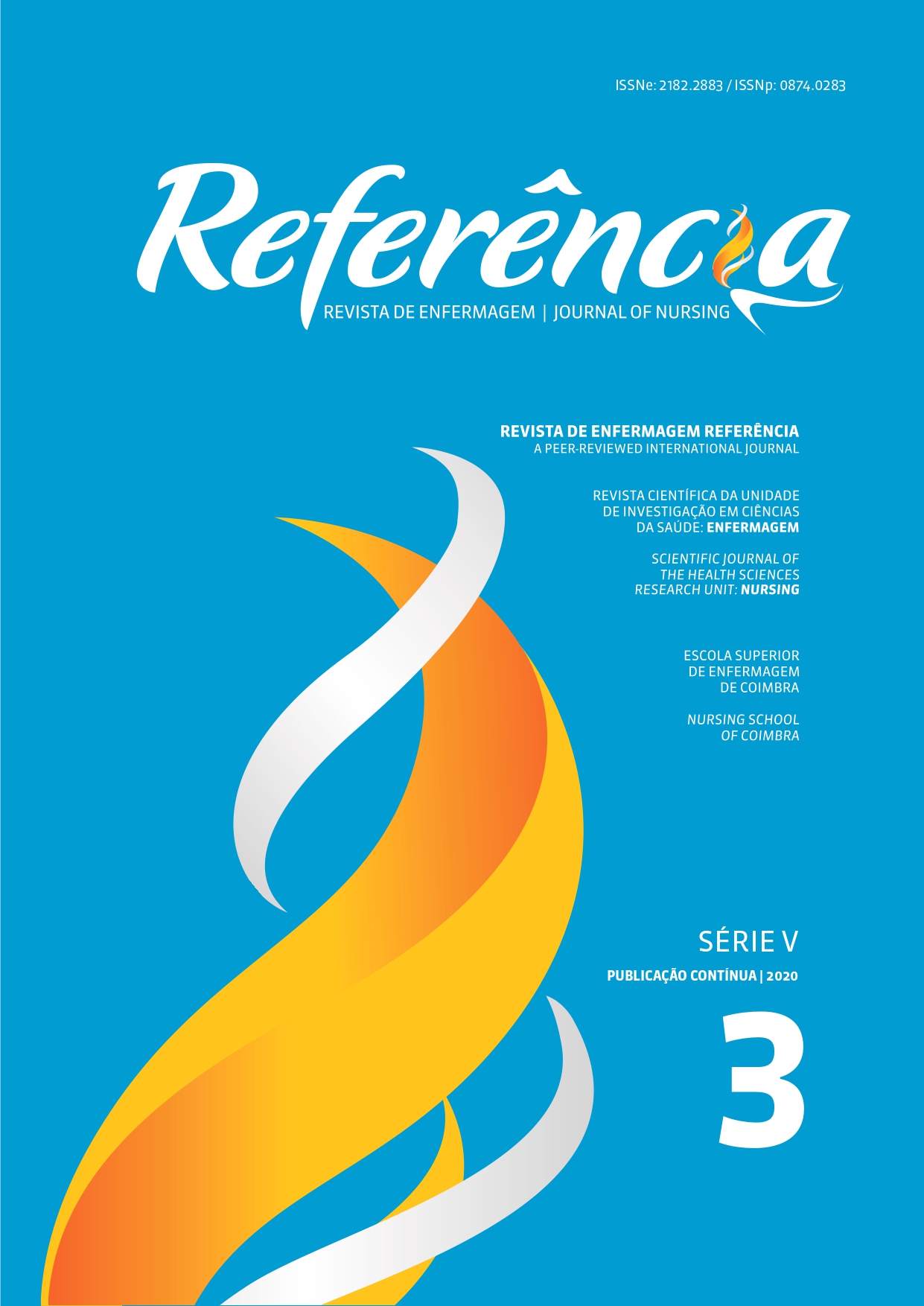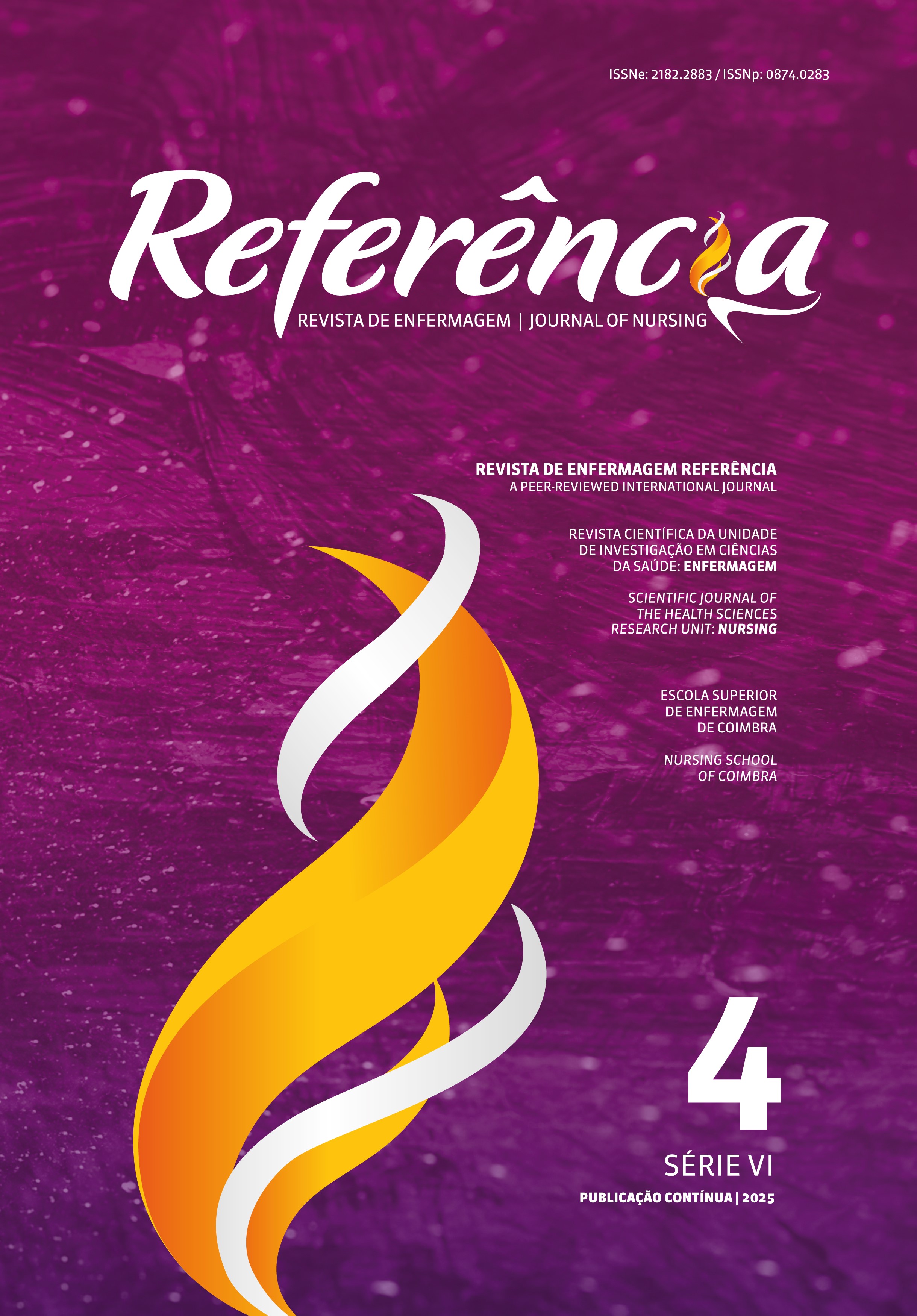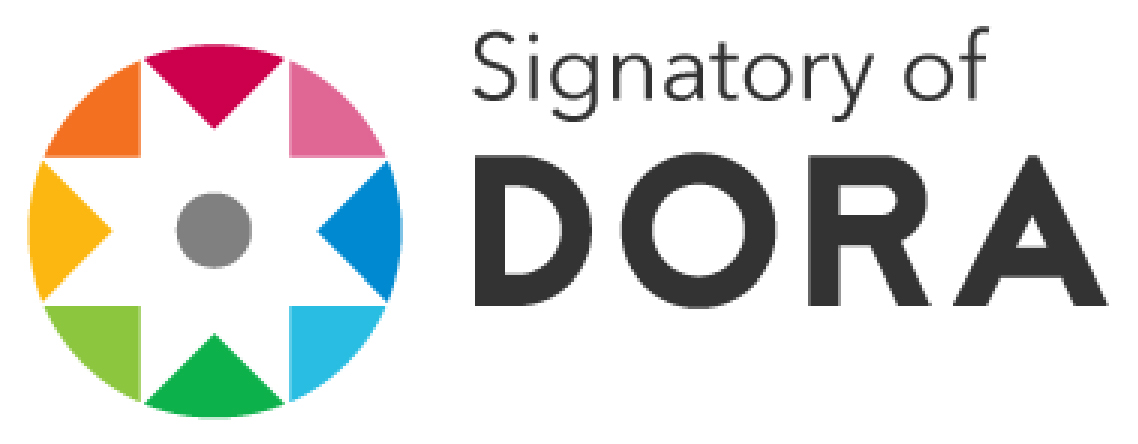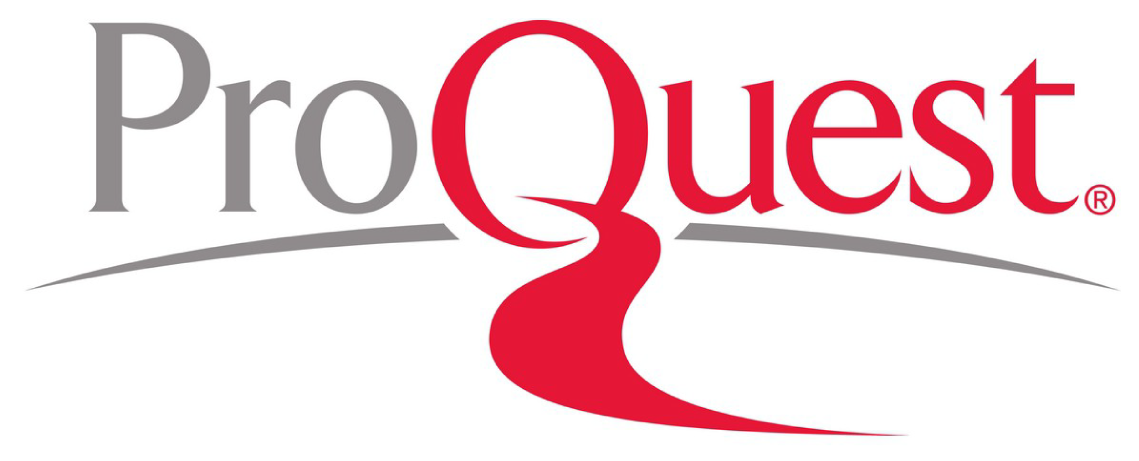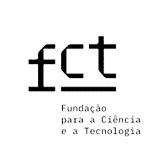Knowledge, satisfaction, and self-confidence in health professionals: simulation with manikin versus simulated patient
DOI:
https://doi.org/10.12707/RV20034Keywords:
simulation, professional retraining, learning, high fidelity simulation training, patient simulationAbstract
Background: Combining various teaching strategies that merge theory and practice has been considered
an efficient method in health education.
Objective: To compare health professionals’ knowledge, satisfaction, and self-confidence regarding clinical simulation with a high-fidelity manikin or a simulated patient.
Methodology: A quasi-experimental study was carried out through the application of a theoretical knowledge test and the Student Satisfaction and Self-confidence in Learning Scale during a theoretical-practical course in prenatal care for health professionals. An inferential statistical analysis was performed.
Results: Considering the 44 participants in the study, the mean of correct answers was 7 in the first
theoretical knowledge test, and 8 in the second. Knowledge increased after theoretical explanation
and simulation (p < 0.000). There was no significant difference between the “Actor” and “SimMan”
simulation groups (p > 0.05) in the two dimensions concerning satisfaction and self-confidence.
Conclusion: The overall mean of satisfaction and self-confidence was higher in the “Actor” group than in the “SimMan” group.
Downloads
References
Almeida, R. G. , Mazzo, A., Martins, J. C., Batista, R. C., Girão, F. B., & Mendes, I. A. (2015). Validation to portuguese of the scale of student satisfaction and self-confidence in learning. Revista Latino-Americana de Enfermagem, 23(6), 1007-1013. doi:10.1590/0104-1169.0472.2643
Baptista, R. C., Martins, J. C., Pereira, M. F., & Mazzo, A. (2014). Simulação de alta-fidelidade no Curso de Enfermagem: Ganhos percebidos pelos estudantes. Revista de Enfermagem Referência, 4(1), 135-144. doi:10.12707/RIII13169.
Costa, R. R., Medeiros, S. M., Coutinho, V. R., Mazzo, A., & Araújo, M. S. (2020). Satisfação e autoconfiança na aprendizagem de estudantes de enfermagem: Ensaio clínico randomizado. Escola Anna Nery, 24(1), e20190094.
Dudley, F. (2012). The simulated patient handbook: A comprehensive guide for facilitators and simulated patients. Boca Raton, FL: CRC Press.
Fehring, R. J. (1987). Methods to validate nursing diagnoses. Heart & Lung, 16(6), 625-629. Recuperado de https://epublications.marquette.edu/cgi/viewcontent.cgi?article=1026&context=nursing_fac
Ferreira, R. P., Guedes, H. M., Oliveira, D. W., & Miranda, J. L. (2018). Simulação realística como estratégia de ensino no aprendizado de estudantes da área da saúde. Revista de Enfermagem do Centro-Oeste Mineiro, 8, e2508. doi:10.19175/recom.v8i0.2508
Hicks, F. D., Coke, L., & Li, S. (2009). Report of findings from the effect of high-fidelity simulation on nursing students’ knowledge and performance: A pilot study. Chicago, IL: NCSBN Research Brief.
Lemos, S. I. (2011). Análise da satisfação de estudantes num curso em e-learning no ensino superior (Dissertação de mestrado). Universidade de Lisboa, Instituto de Educação, Portugal.
Kimhi, E., Reishtein, J. L, Cohen, H., Hurvitz, N., & Avraham, R. (2016). Impact of simulation and clinical experience on self-efficacy in nursing students: Intervention study. Nurse Educator, 41(1), E1-E4. doi:10.1097 / NNE.0000000000000194
Kuznar, K. A. (2007). Associate degree nursing students’ perceptions of learning using a high-fidelity human patient simulator. Teaching and Learning in Nursing, 2(2), 46-52. doi:10.1016/j.teln.2007.01.009
Martins, J. C., Mazzo, A., Baptista, R. C., Coutinho, V. R., Godoy, S., Mendes, I. A., & Trevizan, M. A. (2012). A experiência clínica simulada no ensino de enfermagem: Retrospectiva histórica. Acta Paulista de Enfermagem, 25(4), 619-625. doi:10.1590/S0103-21002012000400022
Miccas, F. L., & Batista, S. H. (2014). Educação permanente em saúde: Metassíntese. Revista de Saúde Pública, 48(1), 170-185. doi:10.1590/S0034-8910.2014048004498.
Nascimento, M. S., & Magro, M. C. (2018). Simulação realística: Método de melhoria de conhecimento e autoconfiança de estudantes de enfermagem na administração de medicamento. REME: Revista Mineira de Enfermagem, 22, e1094. Recuperado de file:///C:/Users/NOTEBOOK%20DELL/Downloads/e1094.pdf
Negri, E. C., Mazzo, A., Martins, J. C., Pereira Junior, G. A., Almeida, R. G., & Pedersoli, C. E. (2017). Clinical simulation with dramatization: Gains perceived by students and health professionals. Revista Latino-Americana de Enfermagem, 25, e2916. doi:10.1590/1518-8345.1807.2916
Oliveira, S. N., Prado, M. L., & Kempfer, S. S. (2014). Utilização da simulação no ensino da enfermagem: Revisão integrativa. REME: Revista Mineira de Enfermagem, 18(2), 487-495. doi:10.5935/1415-2762.20140036
Rohrs, R. M., Santos, C. F., Barbosa, R. S., Schulz R. S., & Carvalho, M. B. (2017) Impacto da metodologia de simulação realística na graduação de enfermagem. Revista de Enfermagem UFPE on line, 11(Supl. 12), 5269-74. doi:10.5205/1981-8963-v11i12a23005p5269-5274-2017
Smith, S. J., & Roehrs, C. J. (2009). High-fidelity simulation: Factors correlated with nursing student satisfaction and self-confidence. Nursing Education Perspectives, 30(2), 74-78. Recuperado de https://www.ncbi.nlm.nih.gov/pubmed/19476068
Silva, J. L., & Oliveira-Kumakura, A. R. (2018). Clinical simulation to teach nursing care for wounded patients. Revista Brasileira de Enfermagem, 71(Suppl 4), 1785-1790. doi:10.1590/0034-7167-2017-0170
Souza, E. F., Silva, A. G., & Silva, A. I., (2018). Active methodologies for graduation in nursing: Focus on the health care of older adults. Revista Brasileira de Enfermagem, 71(2), 920-924. doi:10.1590/0034-7167-2017-0150
Swenty, C. F., & Eggleston, B. M. (2010). The evaluation of simulation in a baccalaureate nursing program. Clinical Simulation in Nursing, 7(5), 181-187. doi:10.1016/j.ecns.2010.02.006

